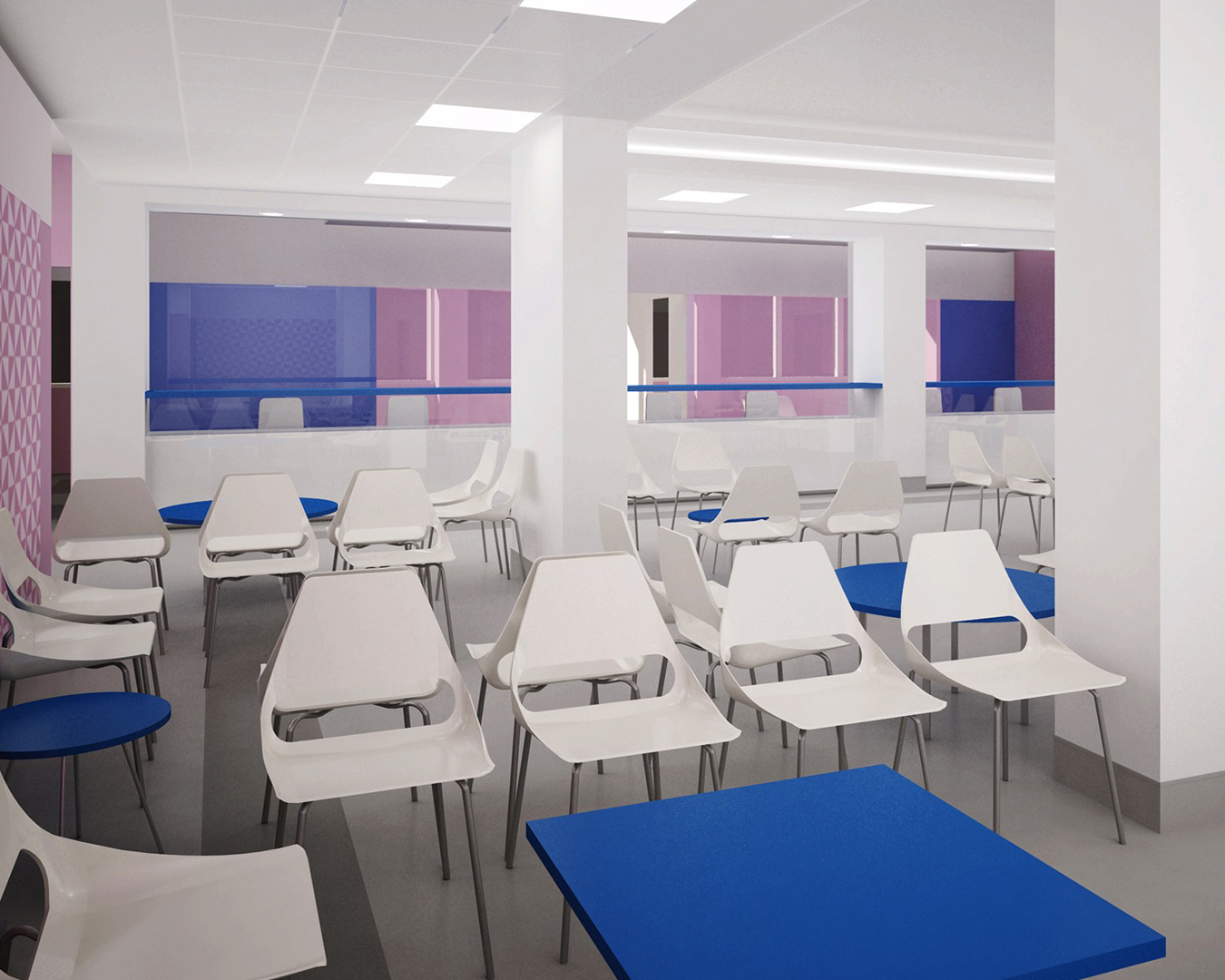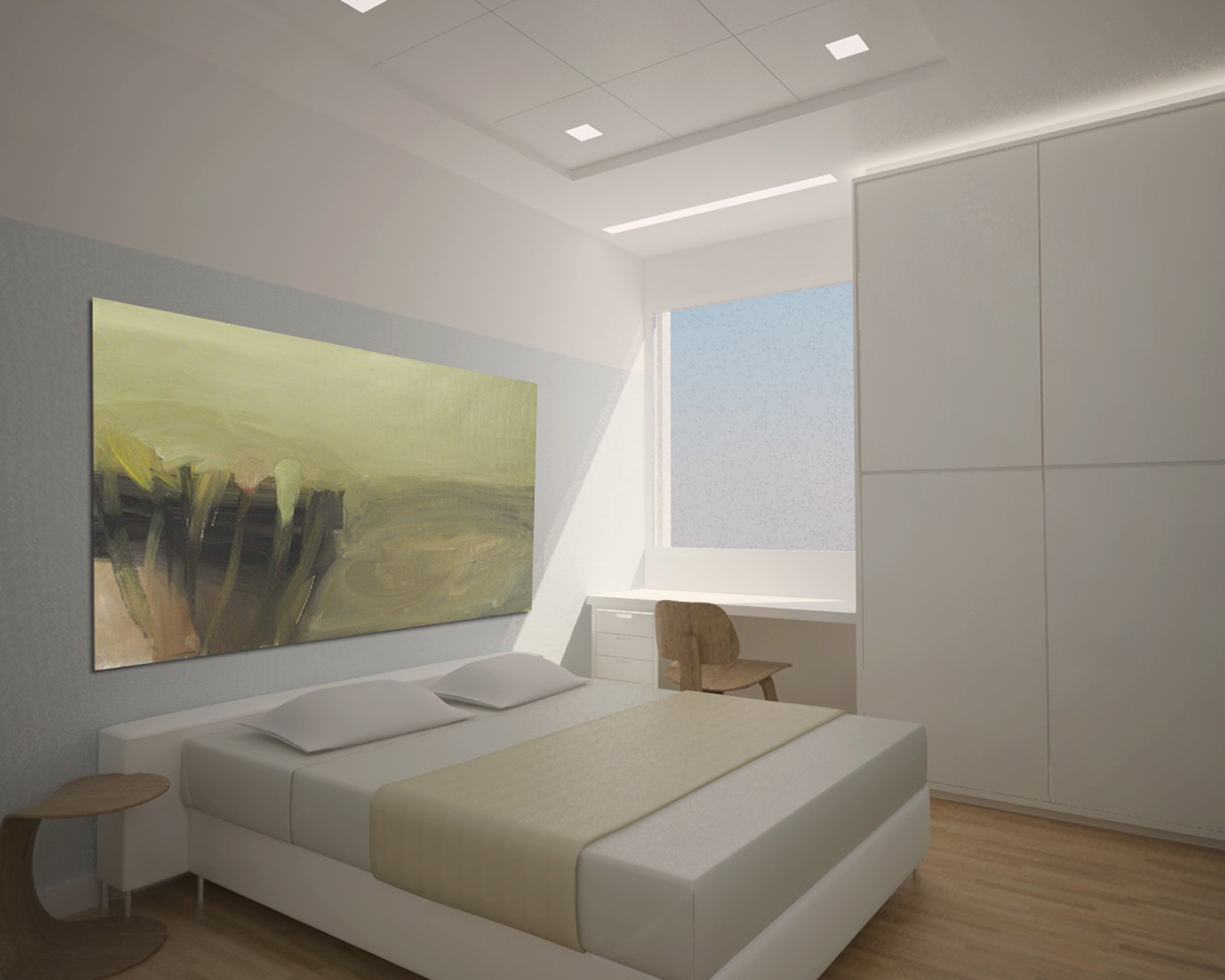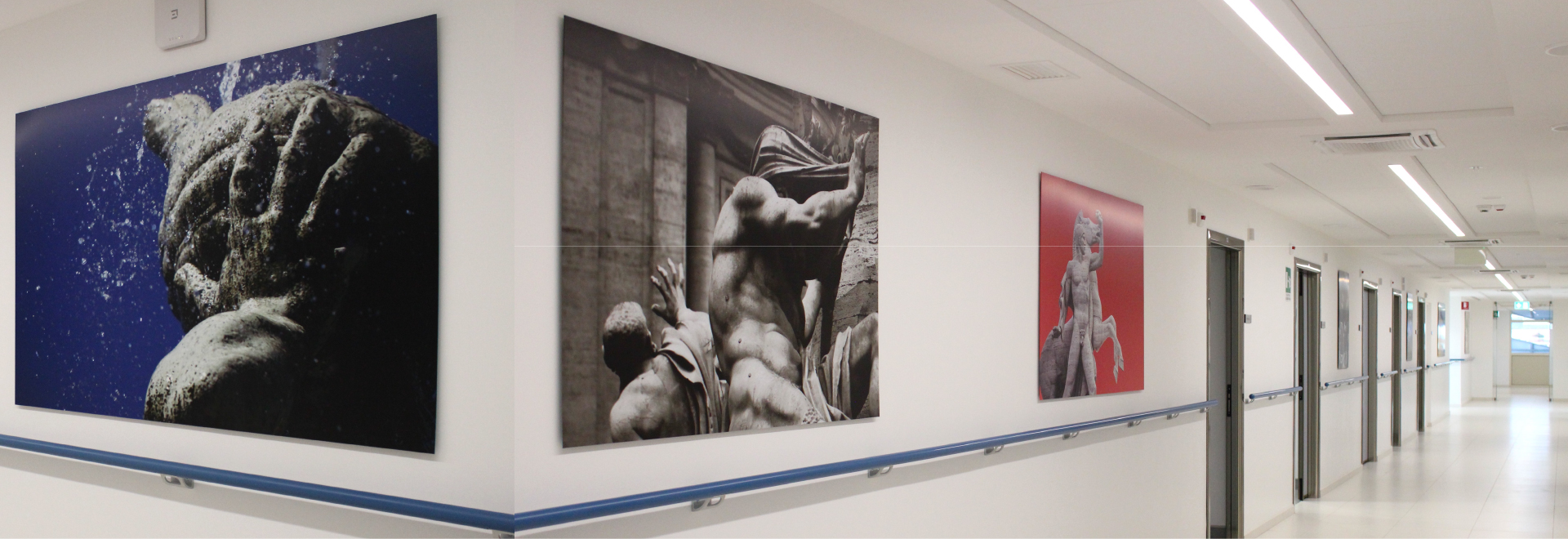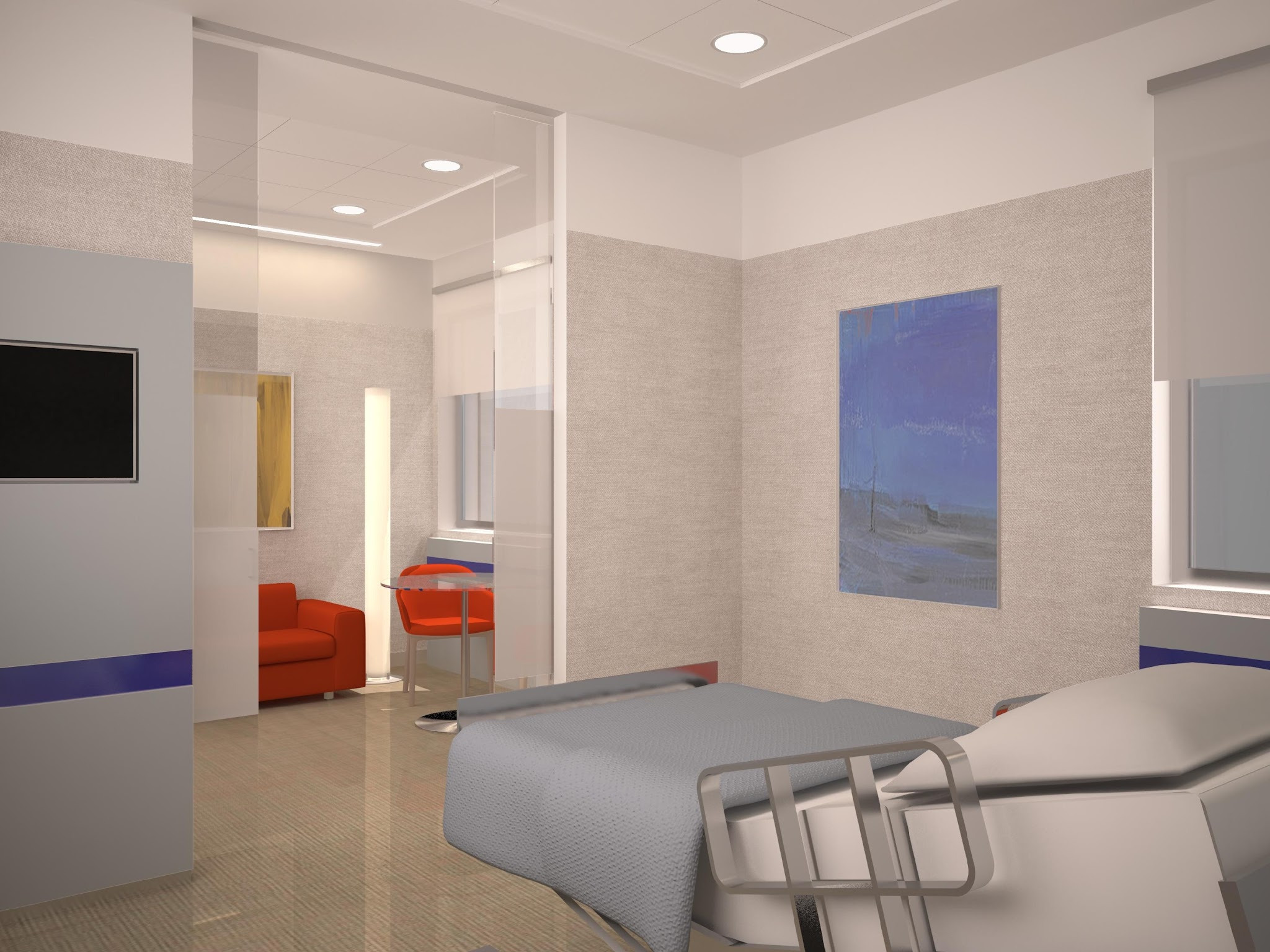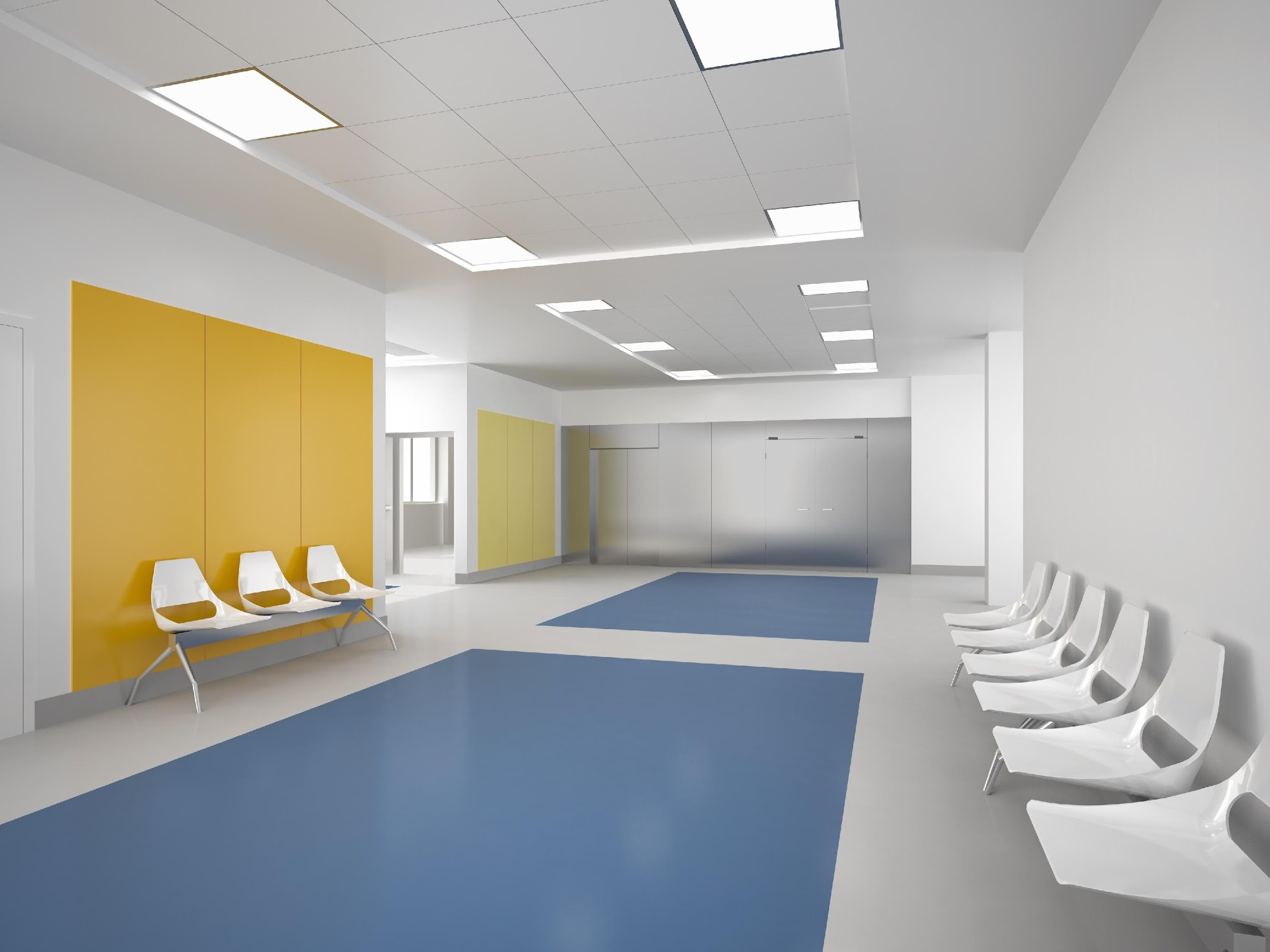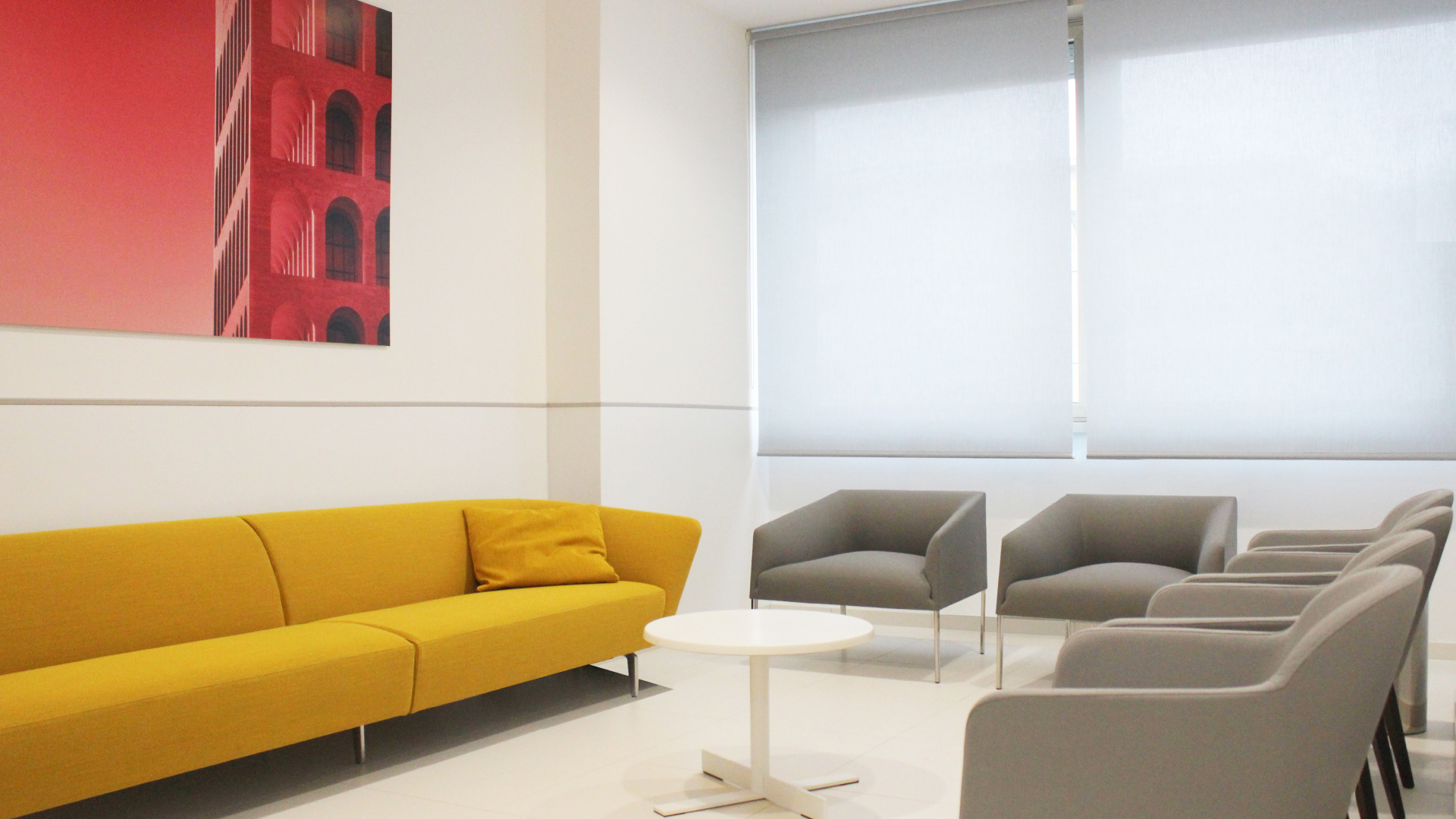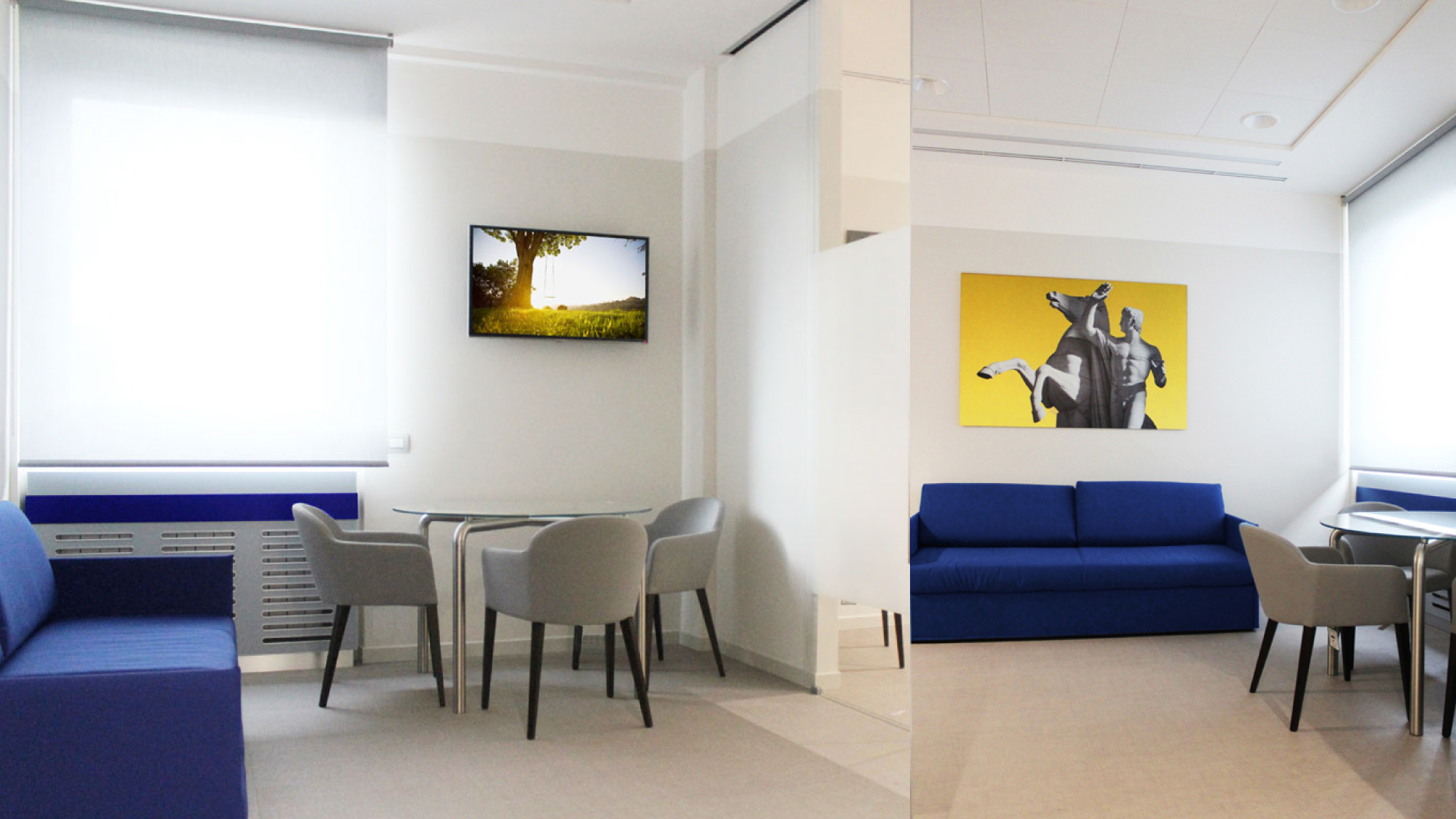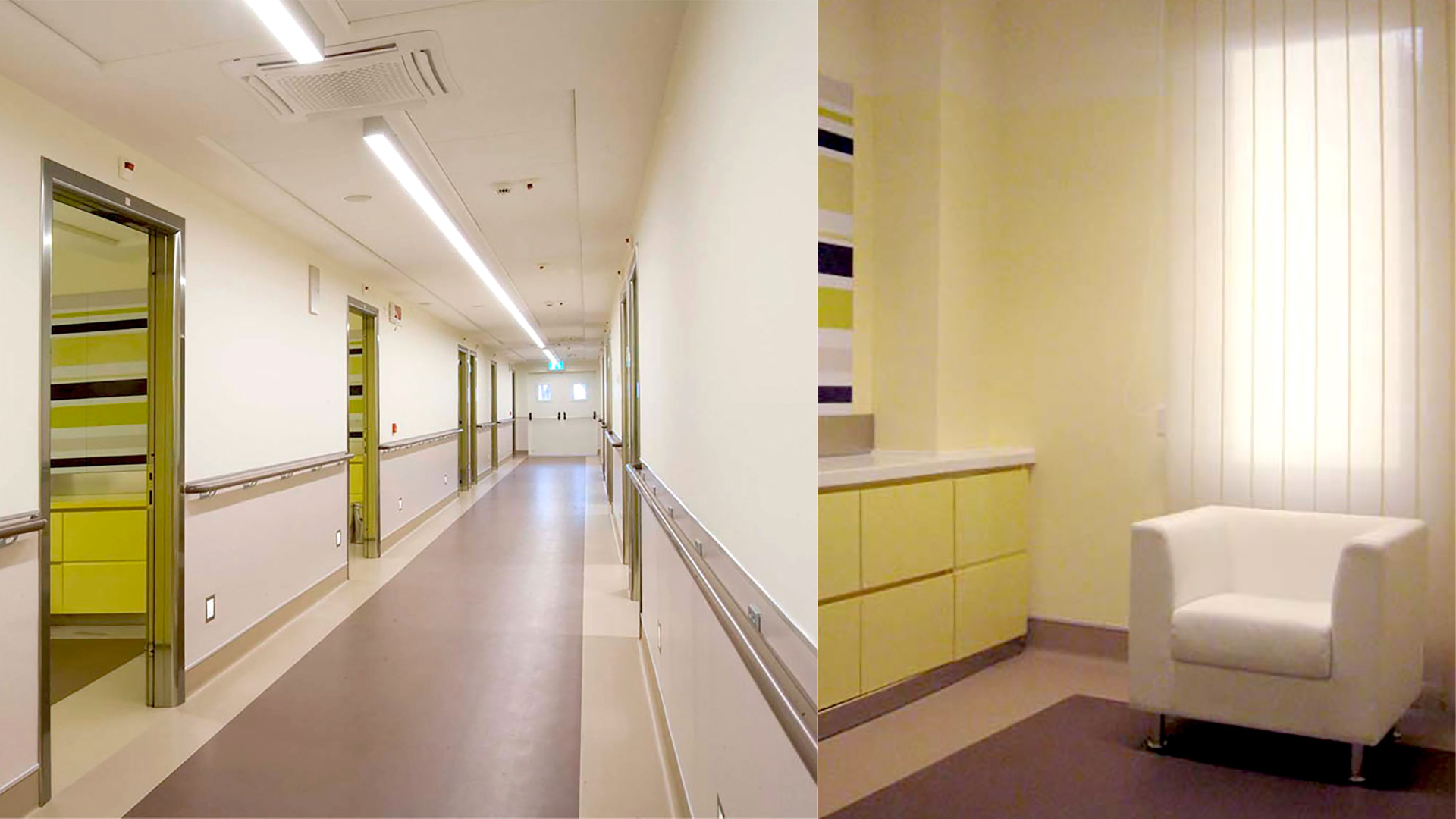Gemelli University Hospital
Ethics and clarity of care
Inaugurated in 1964, the Agostino Gemelli University Hospital today stands as one of the foremost hospital and research centres in Europe. Founded by the Franciscan Fathers and the Catholic University of the Sacred Heart, the Gemelli combines care, education, and scientific innovation in line with the vision of its founder: caring for the patient, caring for the person, caring for the spirit. A benchmark for national healthcare, the Gemelli stands out for its clinical excellence and for an approach that places the individual at the heart of every care pathway.
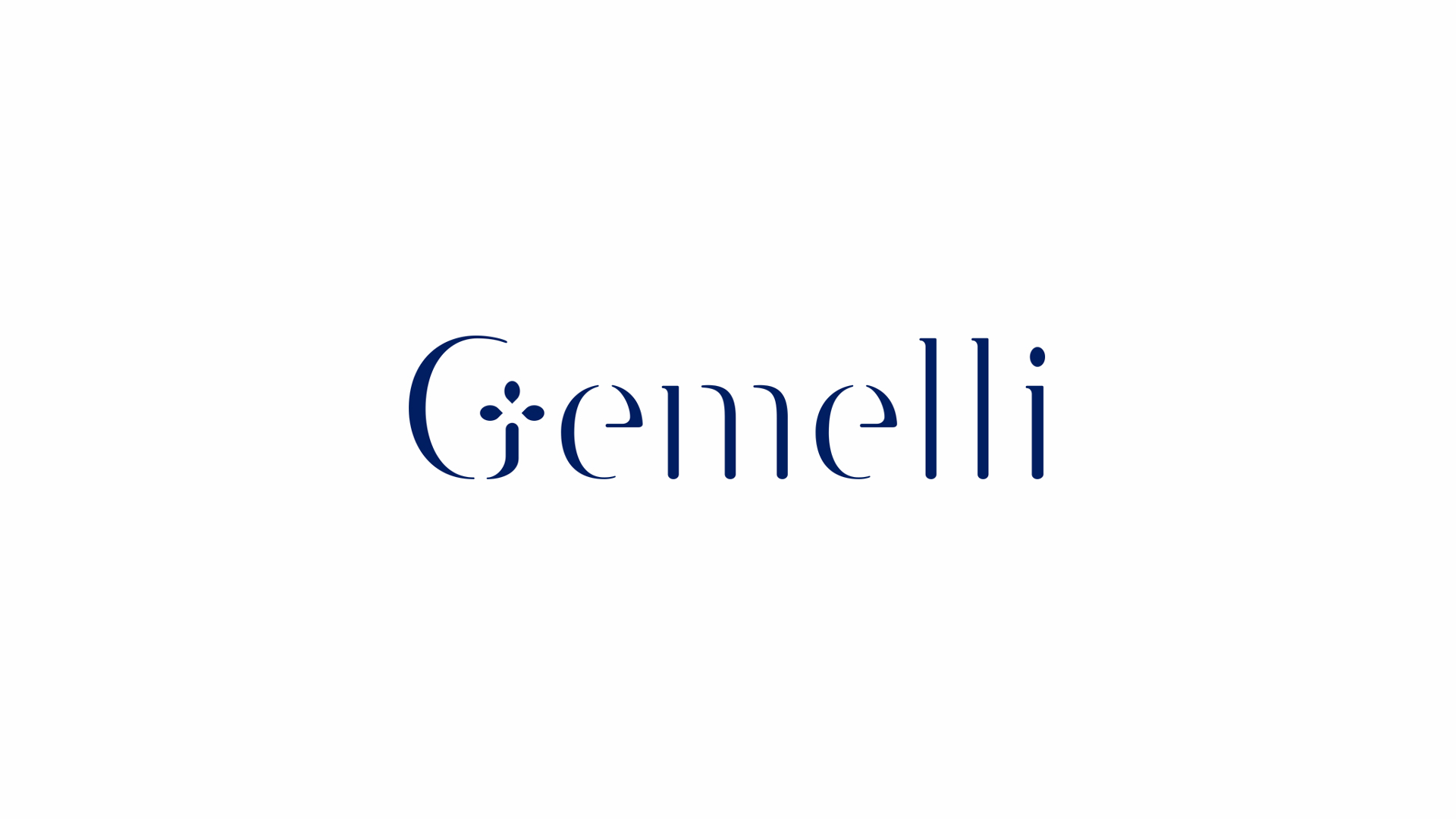

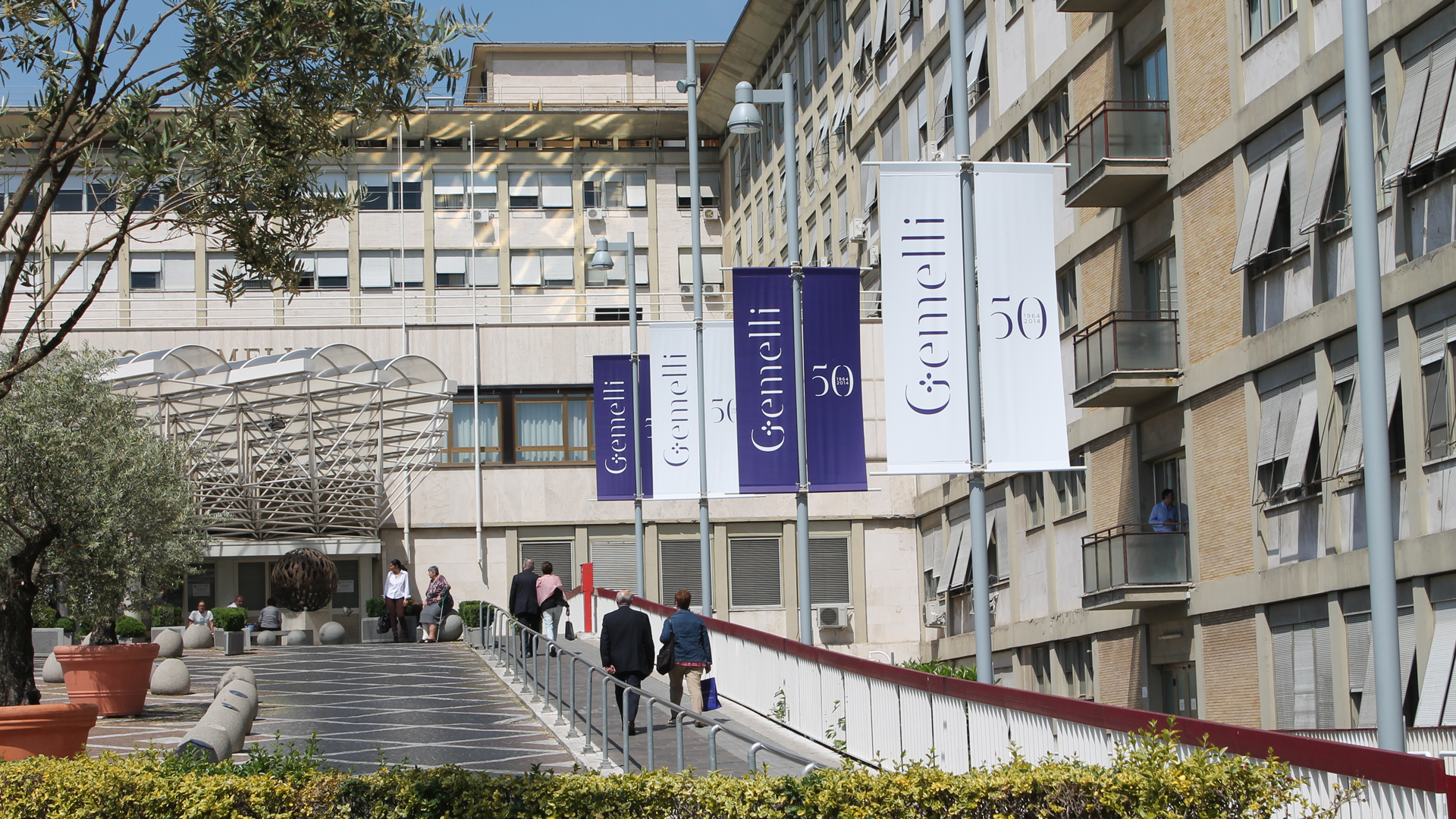
Brand identity. A symbol that unites science, faith, and humanity
The project to redefine the visual identity of the Gemelli University Hospital began in 2013 as part of the strategic plan for the institution’s fiftieth anniversary. The goal was to restore coherence and recognizability to a complex system that balances its religious, scientific, and human dimensions.
The new
The composition is built on a clean typographic structure, based on harmonious lines and balanced proportions, with Gemelli blue as the institutional color. This blue, used in lighter shades for secondary communication, becomes the chromatic axis of the new visual language.
The

Gemellinsieme. The logo for the fiftieth anniversary
On the occasion of its fiftieth anniversary, a commemorative logo was created. Alongside the historic logotype, a lighter composition was introduced, defined by Gemelli blue and the payoff “Fifty years. Of life.” The number “50” becomes a dynamic graphic element: an open ring symbolizing continuity and community—a concept also expressed in the title “Gemellinsieme,” the name chosen for the event as the beginning of a new narrative portraying Gemelli not only as a place of care, but as a network of relationships.
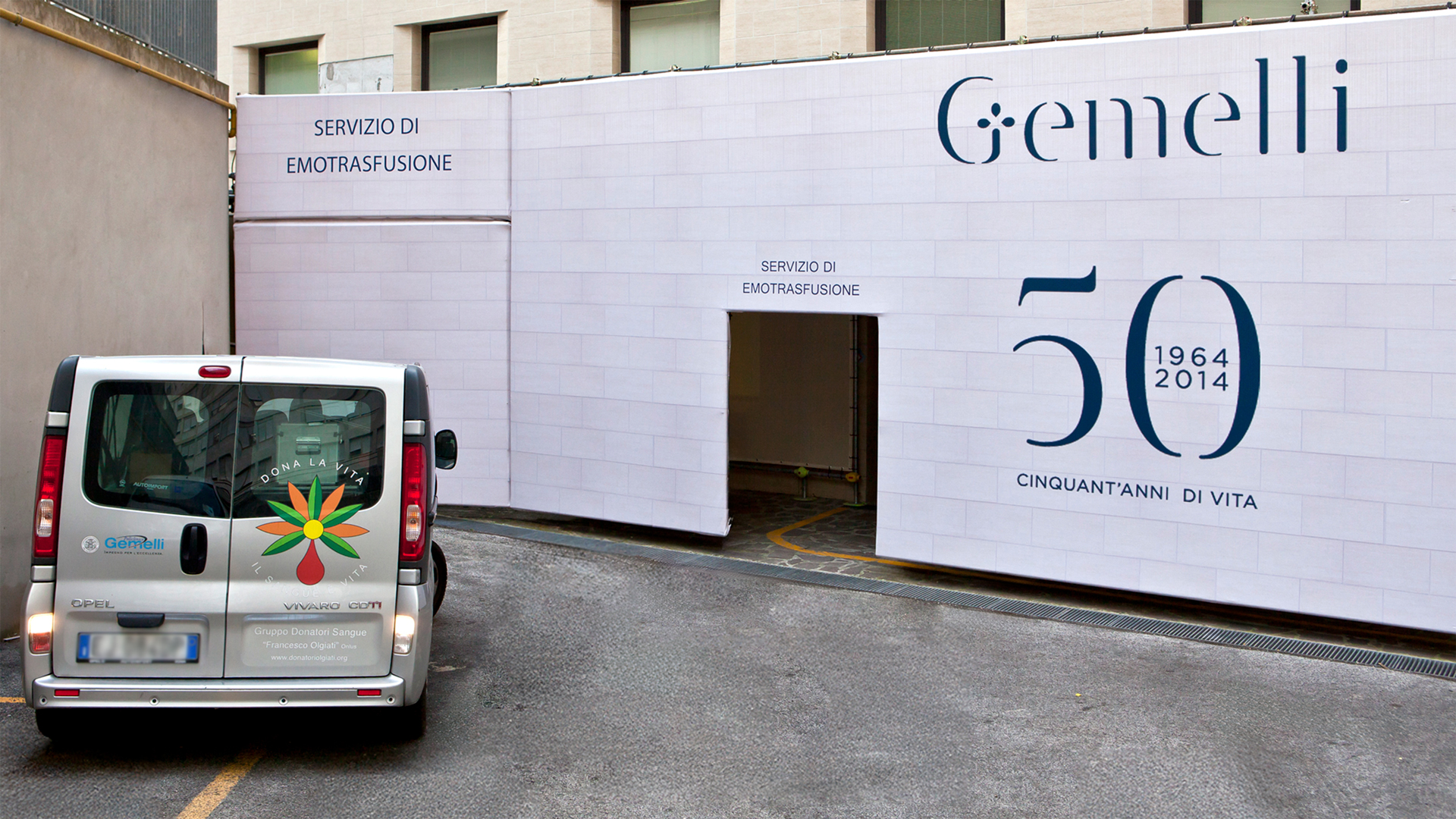
Brand architecture. A coherent system
From the main hospital to the “Poli-clinics,” the brand architecture was designed to enhance the overall system while maintaining a unified identity and highlighting individual distinctiveness. The Gemelli Hospital is thus conceived as a single
At the foundation lies the Gemelli mark, a symbol of authority and quality, from which the various branches extend—from thematic clinics to research units and the Foundation. The compositional principle is based on a consistent relationship between the name and the parent identity: the main logotype remains unchanged, while the specific designation—for instance, a clinical area—appears in a subordinate position, emphasized through typographic hierarchy.
Secondary entities are therefore integrated in a modular way, ensuring clarity, recognizability, and coherence across all communication contexts.
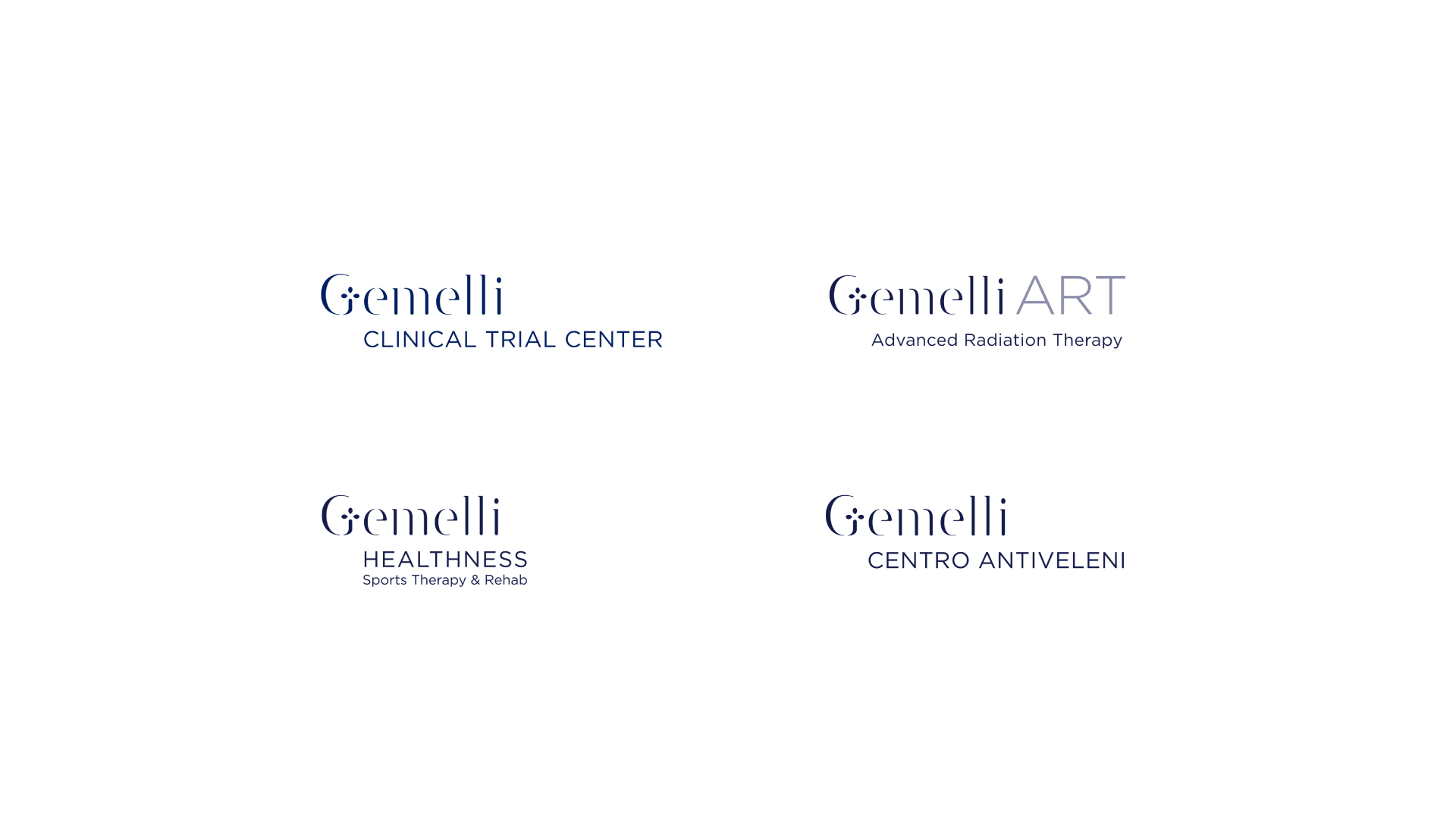
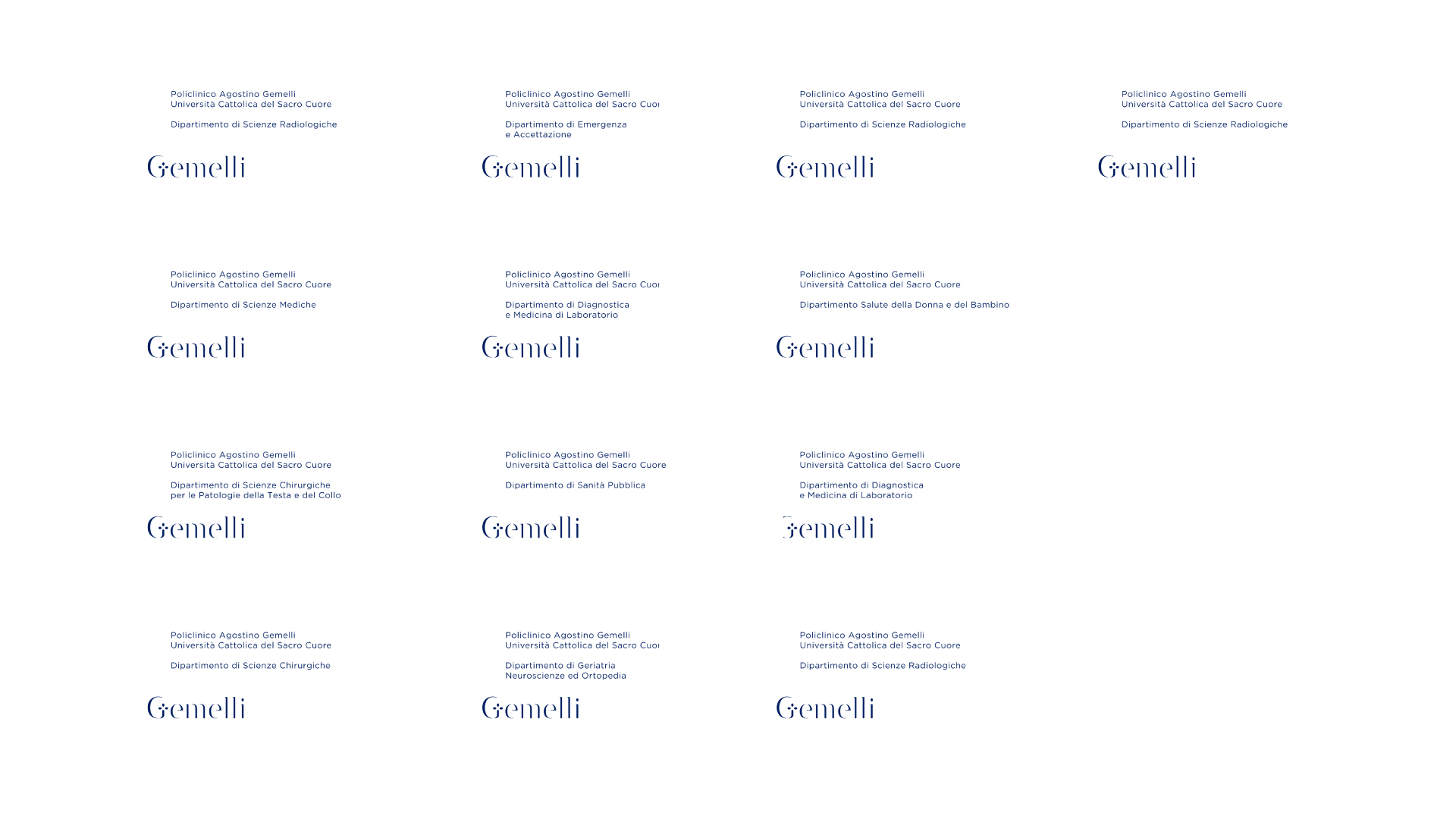
Communication design. From symbol to message
The communication system of the new Gemelli translates its identity into coherent and accessible editorial and digital tools. In printed materials—brochures, newsletters, forms, and posters—
In the digital realm, the color palette adapts to interactive and responsive interfaces: blue blends with neutral, bright tones to improve readability, while
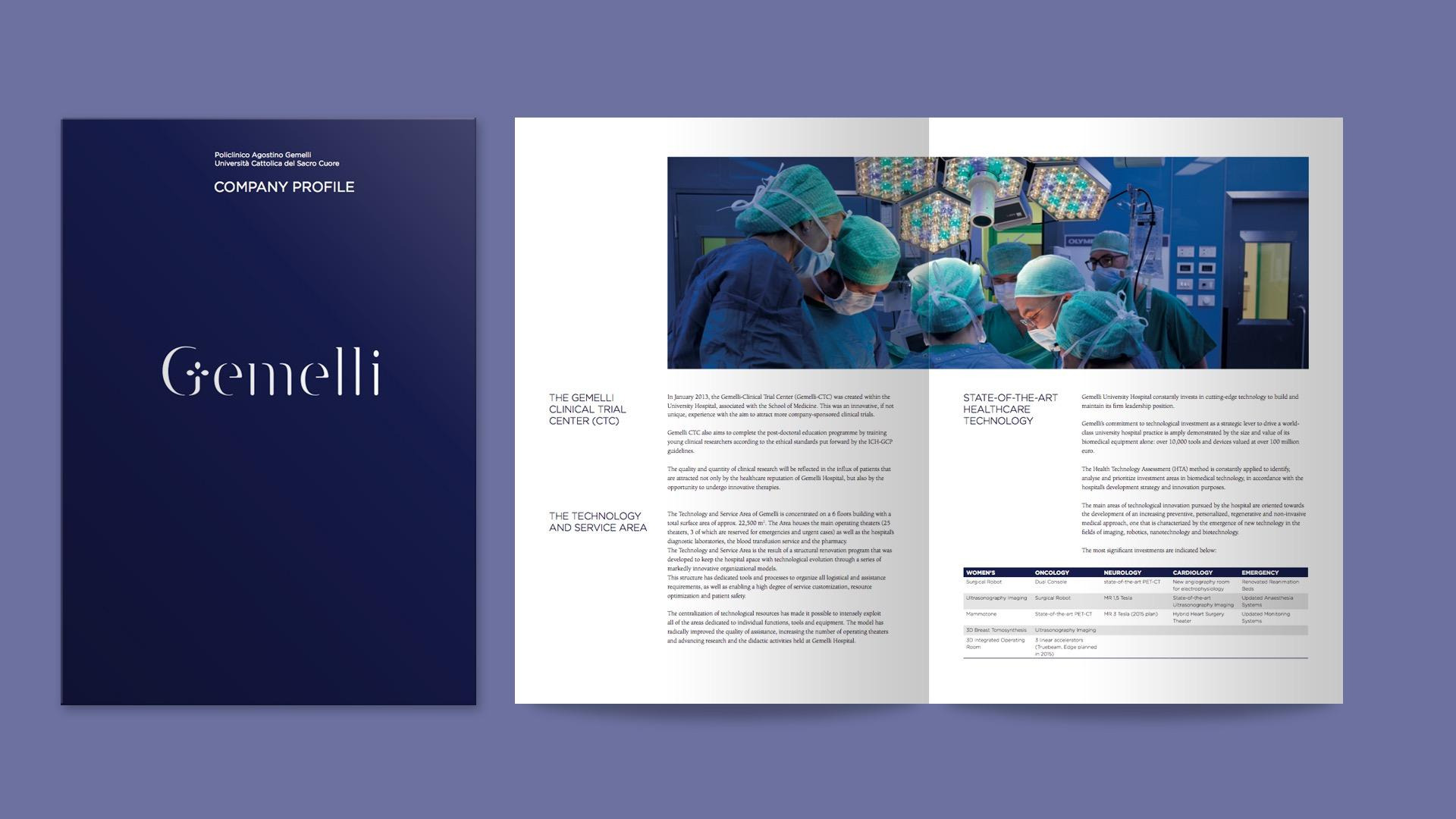
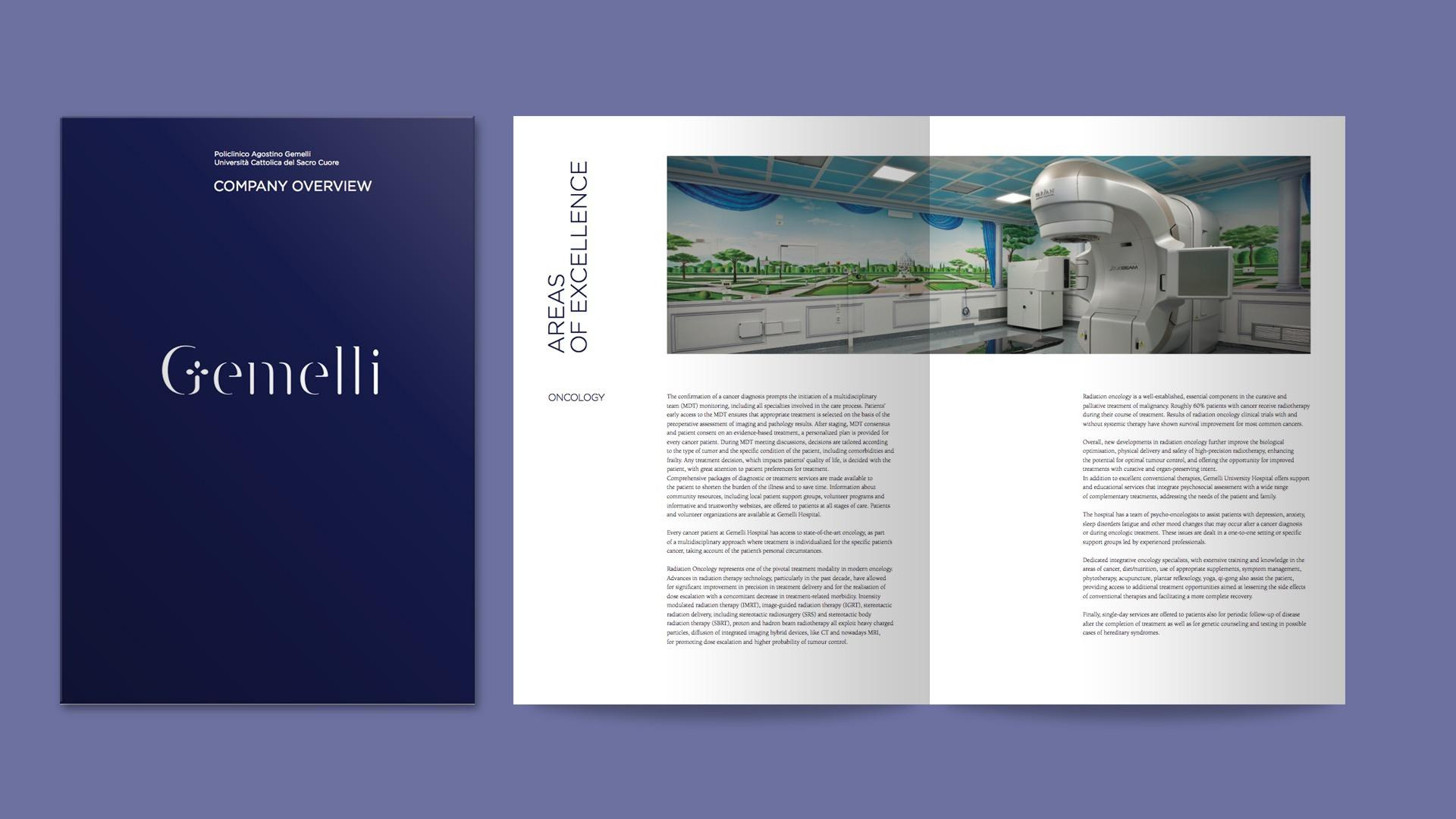
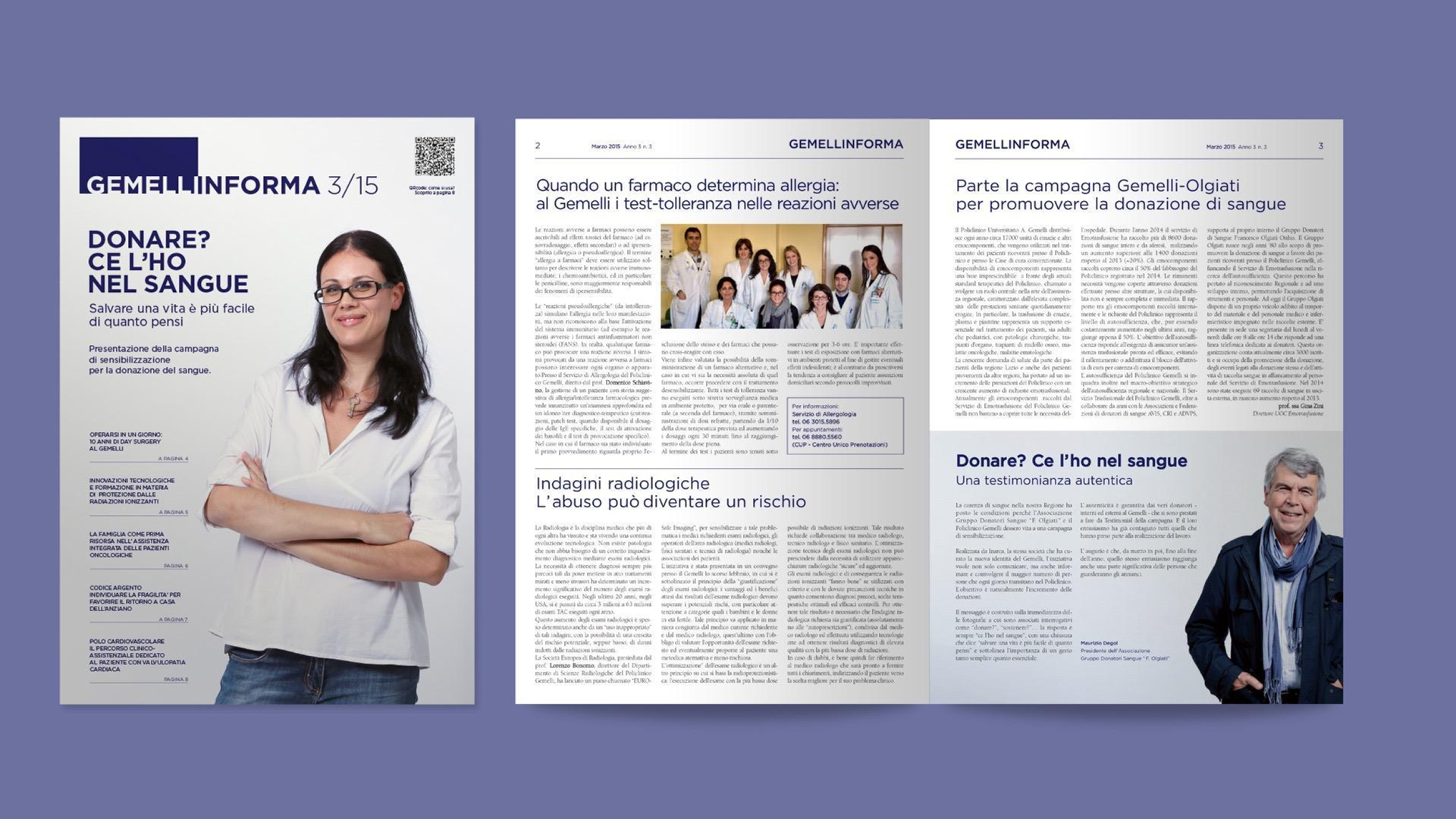
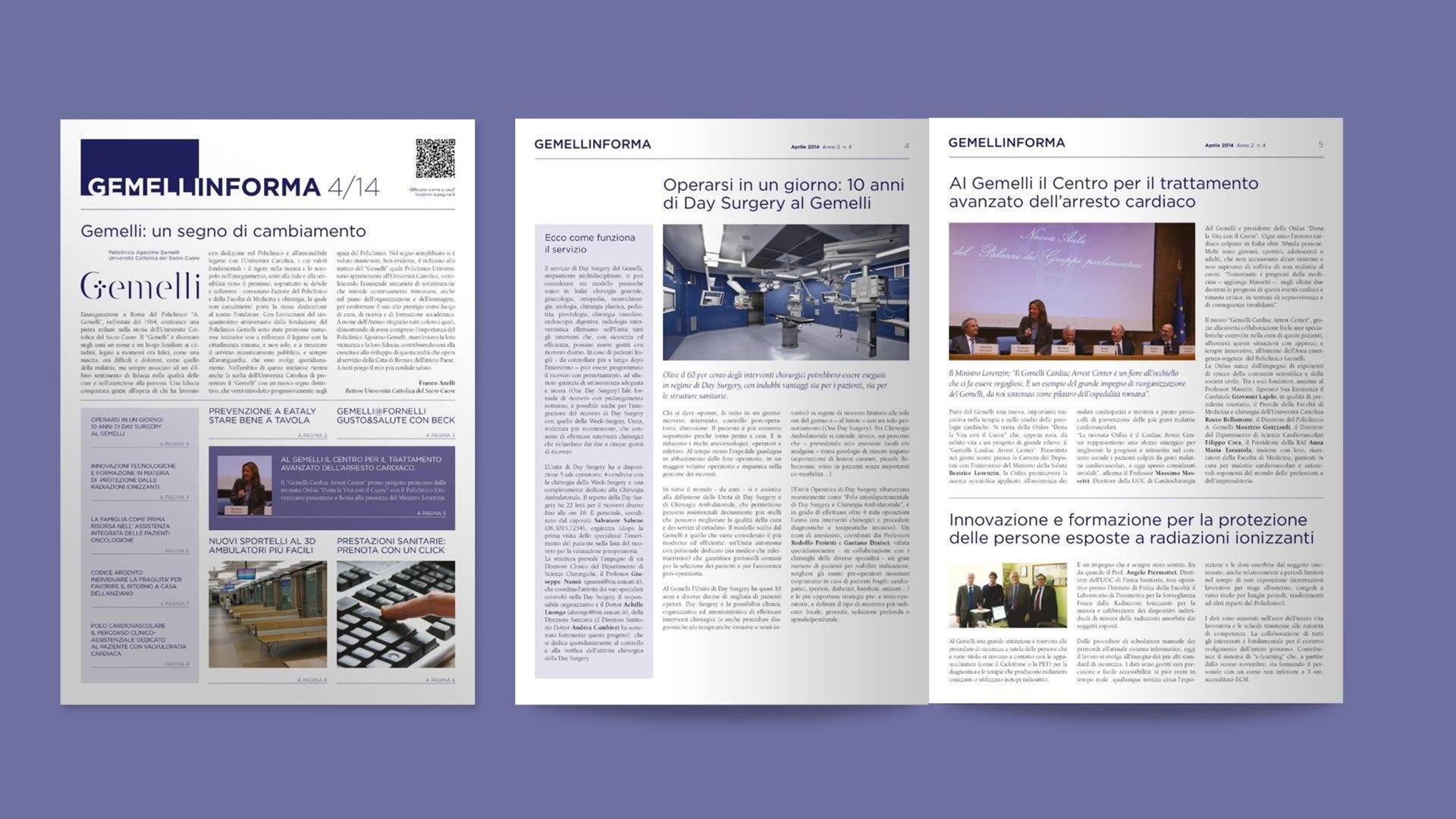
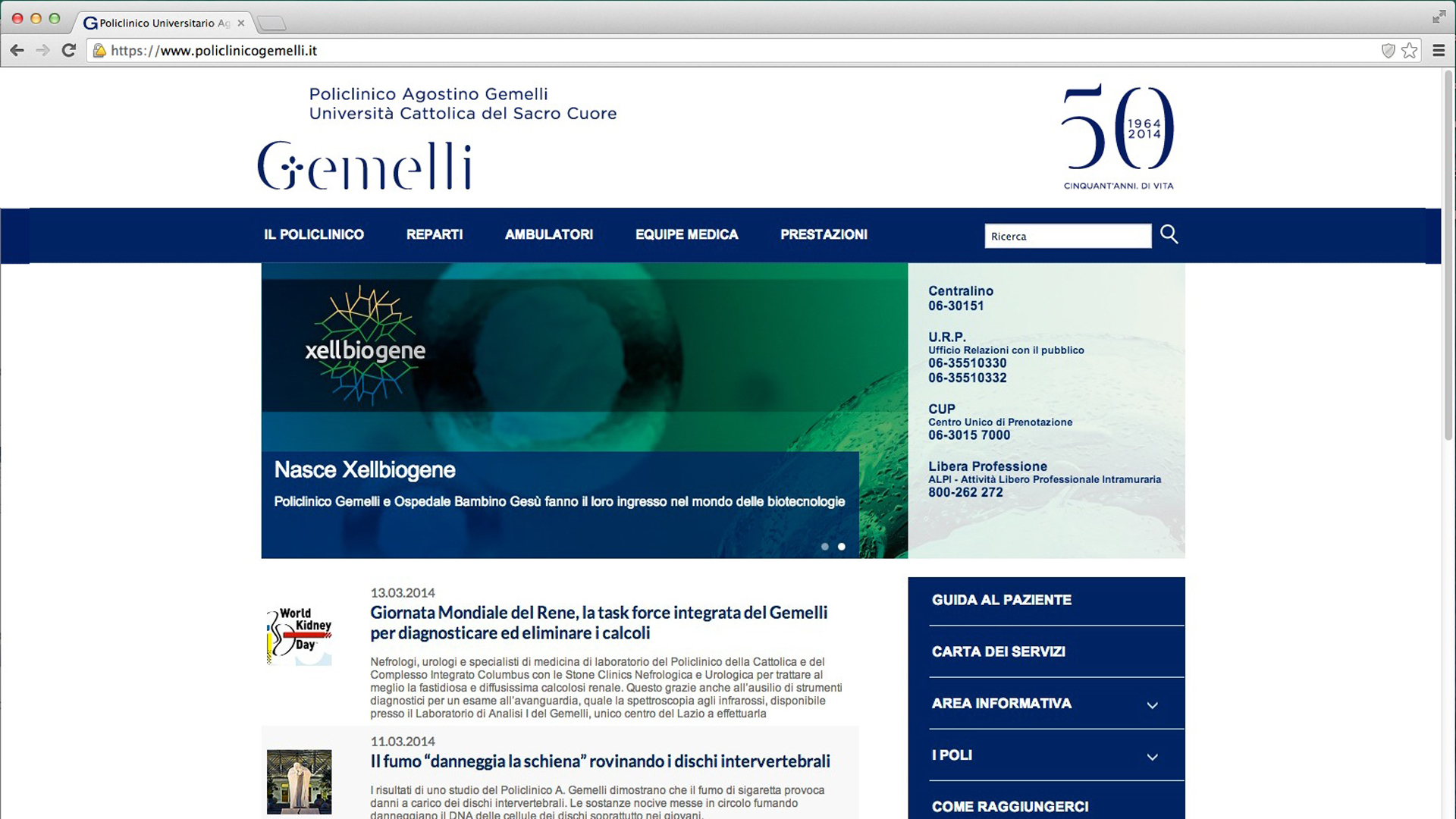
Signage & wayfinding design. Spaces that welcome
The wayfinding system of the Gemelli University Hospital is conceived as a visual extension of its identity. Routes are organized according to color codes consistent with the brand palette: shades of blue for institutional areas, warmer tones for waiting and reception zones, and neutral colors for transition spaces.
The modular
In this way, design becomes an integral part of the care experience, helping to create an atmosphere of hospitality and trust—fully aligned with Gemelli’s mission.


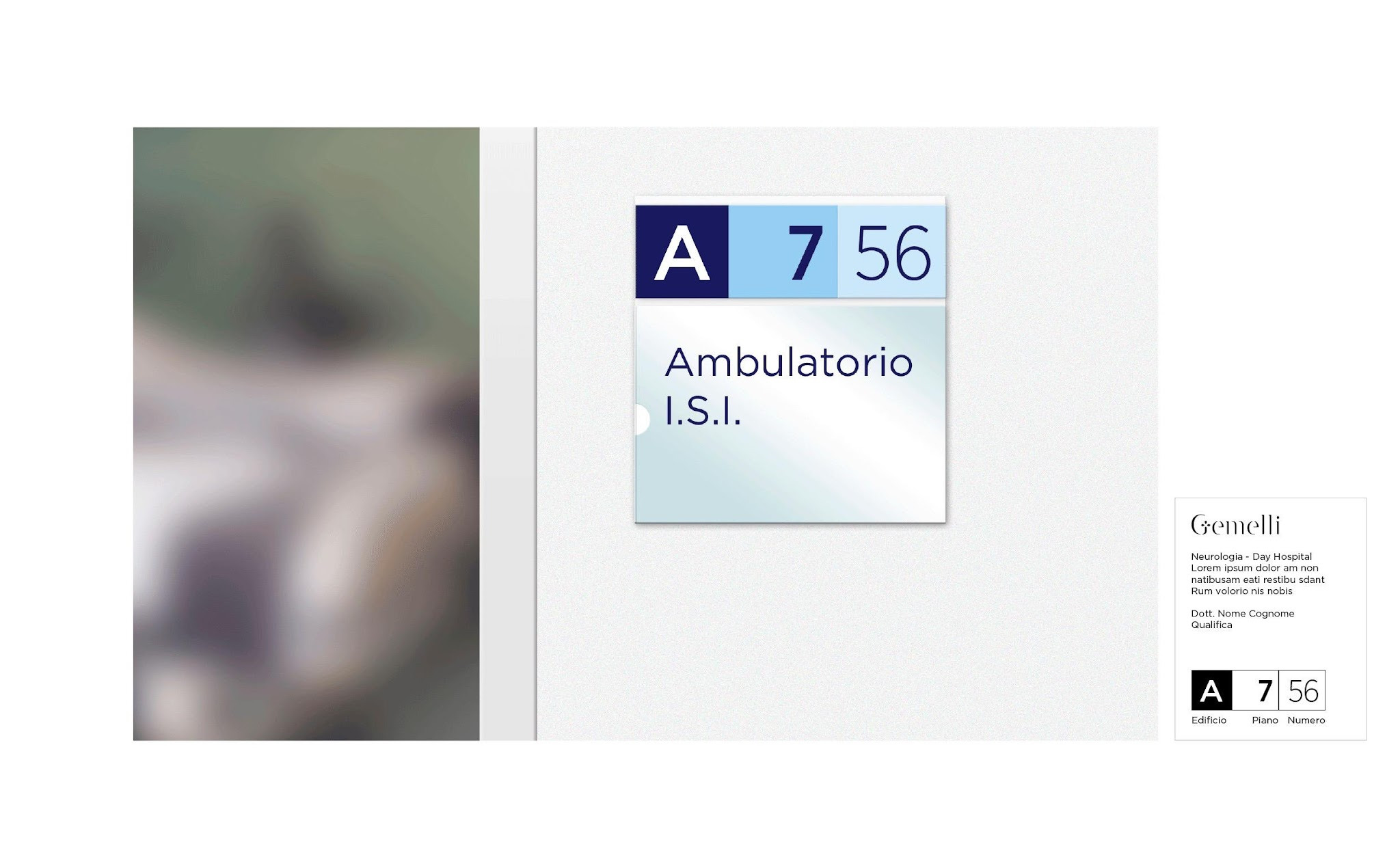
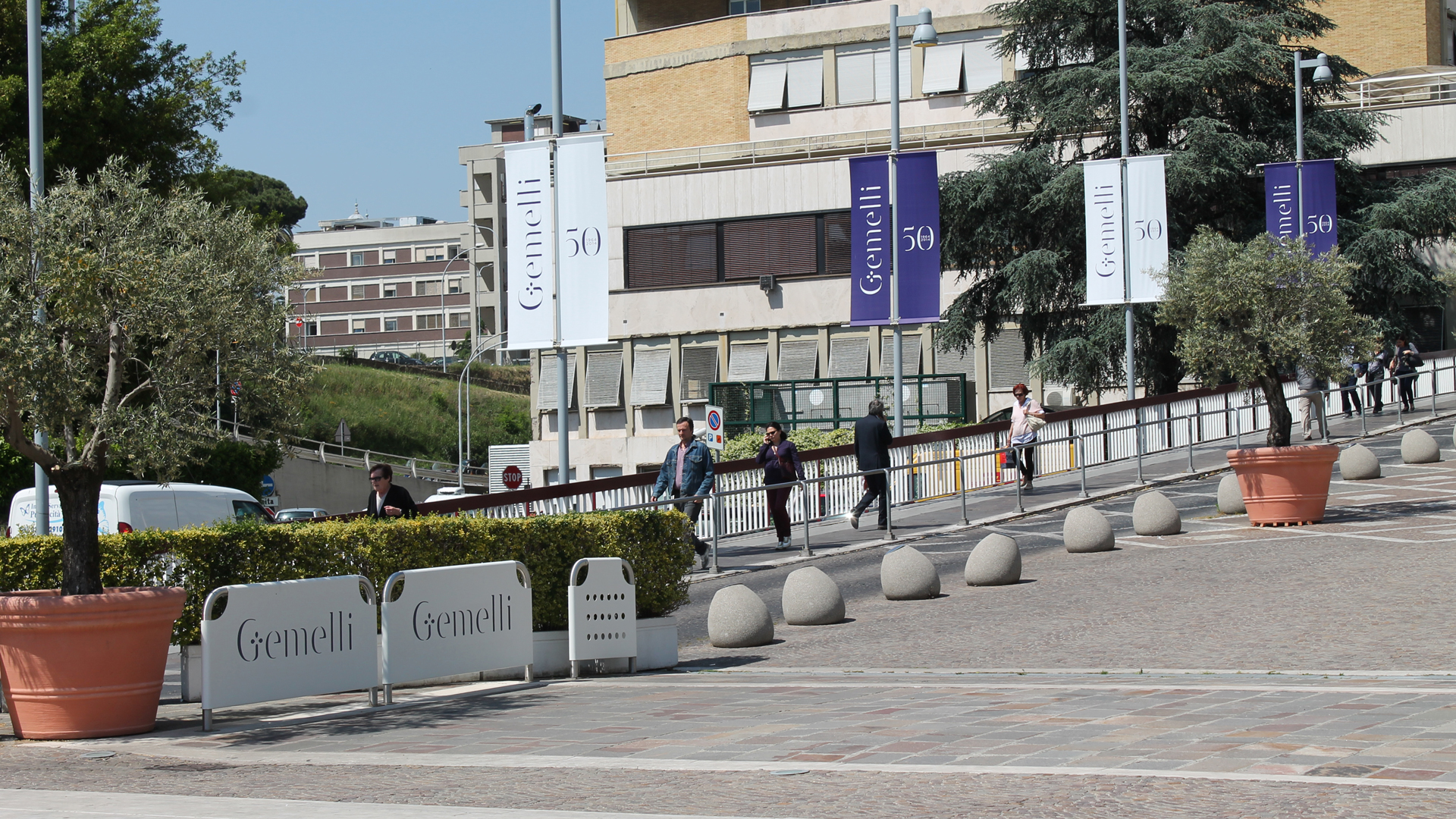
Retail design. The renewal of hospital departments
As part of the renewal of the Gemelli University Hospital, several inpatient wards and the new floors for the Gemelli Medical Center outpatient clinics have been reconfigured. The project included the creation of two floors dedicated to specialist clinics and operating rooms for day-hospital procedures—an approach that enhances the recognizability of spaces and departments within the hospital’s overall layout, with distinctive elements that define each environment.
